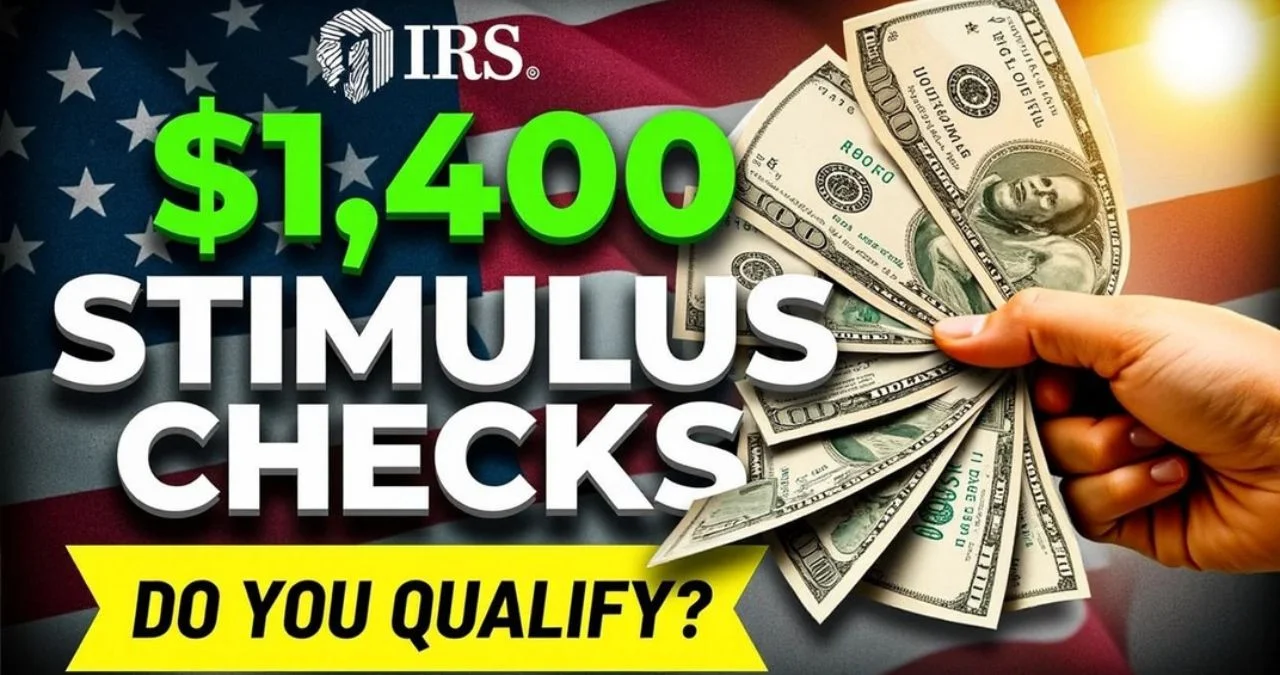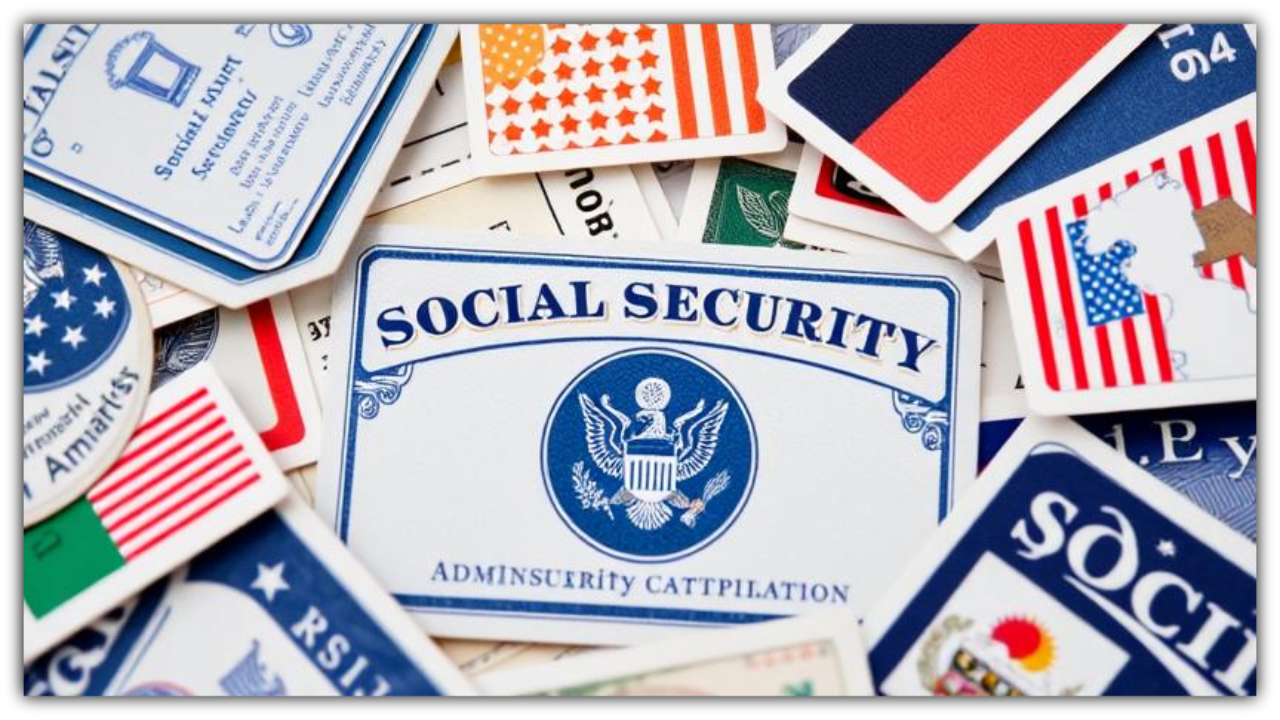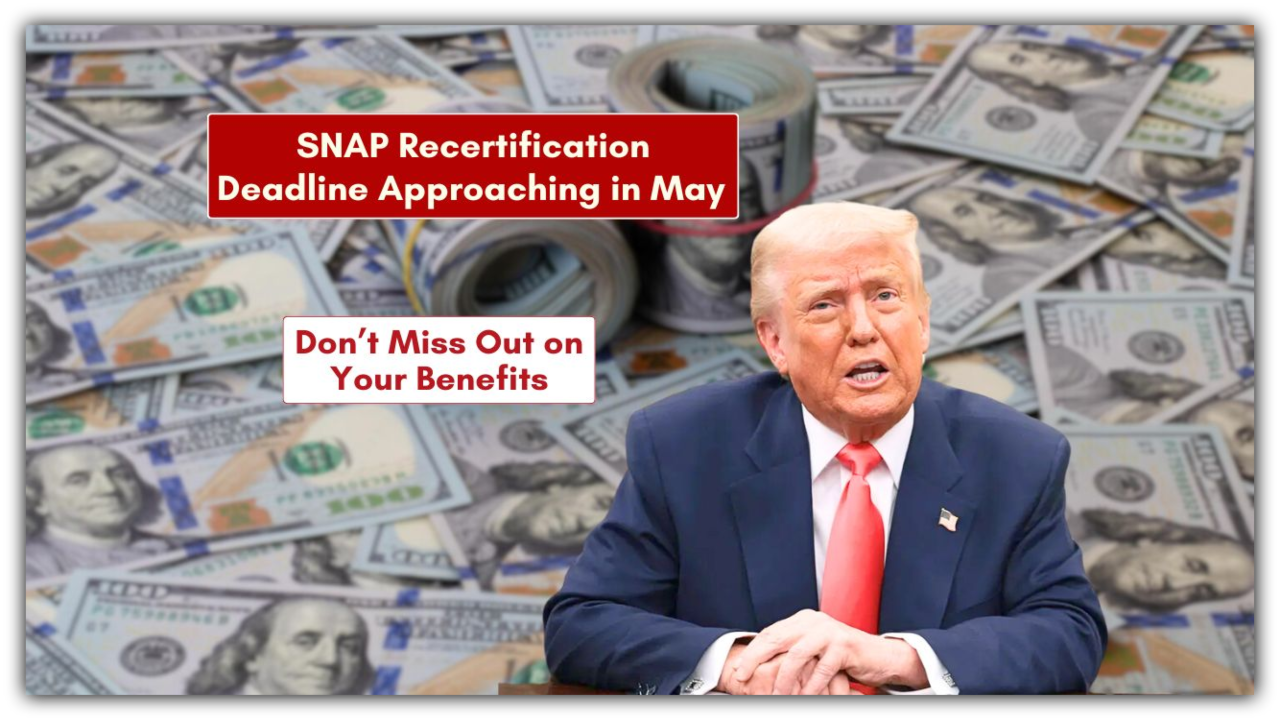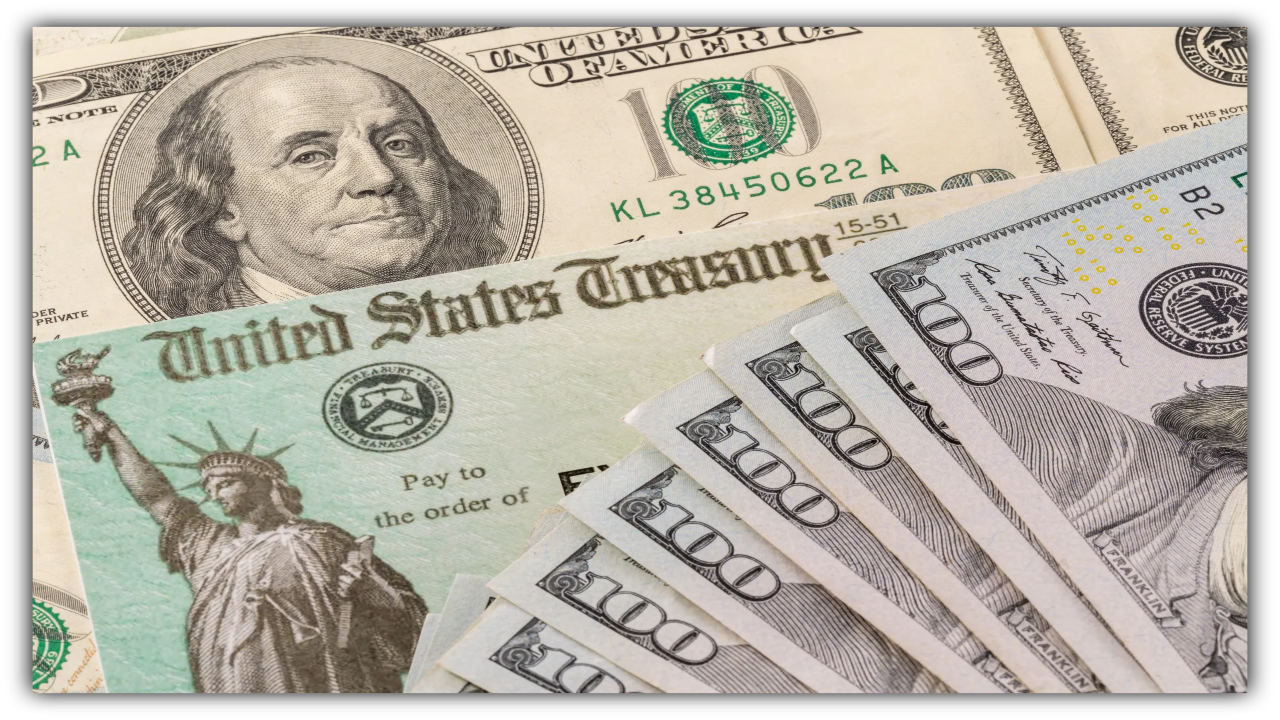The latest round of $1,400 stimulus payments is being distributed automatically to eligible Americans, offering financial relief without requiring an application. Understanding how these payments work, who qualifies, and what steps to take if yours doesn’t arrive is crucial. Here’s a clear breakdown of the process.

What Are Automatic Stimulus Payments?
Automatic payments mean that eligible recipients don’t need to take action to receive their $1,400 stimulus check. The IRS handles the entire process using information from tax returns and other federal records. Payments are sent directly via direct deposit, mailed checks, or prepaid debit cards.
How the Process Works
The IRS determines eligibility and payment methods based on:
- Recent Tax Returns: Information from your 2022 or 2023 tax filings is used to verify income and payment details.
- Social Security Benefits: If you’re a Social Security recipient, your information is coordinated with the Social Security Administration to ensure accurate delivery.
Payments are sent using the method you have on file:
- Direct Deposit: The fastest option for receiving your payment, funds are deposited directly into your bank account.
- Mailed Check: If direct deposit isn’t available, a check will be mailed to your most recent address on file.
- Prepaid Debit Card: Some recipients may receive their payment via a government-issued debit card.
Once your payment is processed, the IRS will send you a confirmation letter detailing the amount and delivery method.
Eligibility for the $1,400 Payment
To qualify for the $1,400 stimulus payment, you must meet the following income thresholds:
- Single Filers: Full payment for incomes up to $75,000; reduced payments for incomes between $75,001 and $80,000.
- Married Filing Jointly: Full payment for couples earning up to $150,000 combined; reduced payments for incomes between $150,001 and $160,000.
- Head of Household: Full payment for incomes up to $112,500; reduced payments for incomes between $112,501 and $120,000.
Dependents, including children and qualifying adults, are also eligible for $1,400 payments if claimed on a qualifying tax return.
What to Do If You Don’t Receive Your Payment
If your $1,400 payment hasn’t arrived, take the following steps:
- Track Your Payment
Use the “Get My Payment” tool on the IRS website to check your payment status and delivery details. - Verify Your Eligibility
Ensure your income and filing status meet the criteria for the payment. - Address Errors
If the IRS sent your payment but you haven’t received it, confirm that your bank account or mailing address is up to date. - Claim the Recovery Rebate Credit
If you’re eligible but haven’t received the payment, you can claim the missing amount on your next tax return using the Recovery Rebate Credit.
When to Expect Your Payment
Most payments are distributed within weeks of eligibility confirmation. Direct deposit recipients typically see their funds first, while paper checks and debit cards may take several additional weeks to arrive.
Bottom Line
Automatic stimulus payments are designed to streamline the process and provide financial relief without additional effort from recipients. By ensuring your tax records are current and accurate, you can avoid delays and receive your payment on time.
If you’re unsure about your eligibility or payment status, visit IRS.gov for further details or consult a tax professional for assistance.



